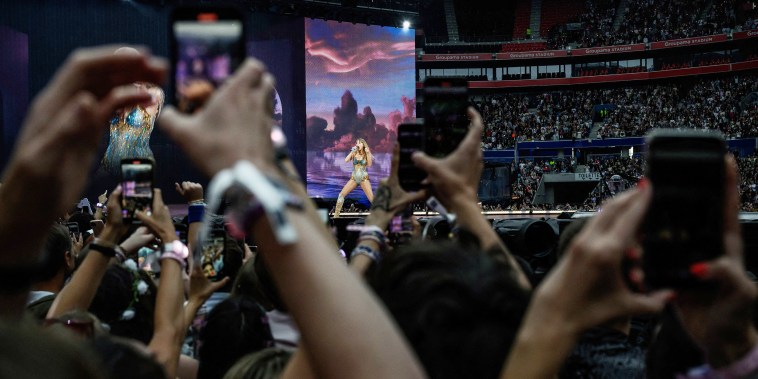The Funflation Effect: A Closer Look at the Current Trend of Increased Spending on Travel and Entertainment
Rising consumer spending on leisure activities such as travel and entertainment has captured the attention of economists and industry experts alike, giving rise to what some are calling the funflation effect. This trend has manifested itself in various ways across the American population, but its roots can largely be traced back to the unique circumstances that have unfolded in recent years.
One of the key drivers of the funflation effect is the shifting priorities and preferences of consumers. With the increasing availability of remote work options and flexible schedules, many individuals have found themselves with more leisure time and the desire to make the most of it. This newfound freedom has fueled a growing interest in seeking out memorable experiences, whether through travel to new destinations or attending live events and performances.
The rise of social media and the broader sharing economy has also played a significant role in fueling the funflation effect. Platforms such as Instagram and TikTok have made it easier than ever for people to document and share their experiences, creating a culture of social currency where participating in exciting activities becomes a way to signal status and belonging. This has, in turn, influenced consumer behavior, driving individuals to seek out experiences that are not only enjoyable but also Instagram-worthy.
Furthermore, the impact of the COVID-19 pandemic cannot be overlooked when considering the funflation effect. The extended periods of lockdowns and restrictions placed on traditional forms of entertainment forced many people to reevaluate their priorities and seek out new ways to find joy and fulfillment. As restrictions have eased and vaccination rates have increased, there has been a pent-up demand for leisure activities, leading to a surge in spending on travel and entertainment.
The funflation effect has had far-reaching implications for the travel and entertainment industries, with businesses adapting to meet the changing needs and expectations of consumers. Hotels and airlines have introduced flexible booking policies and enhanced cleaning protocols to reassure travelers, while event organizers have implemented new health and safety measures to facilitate the return of live performances and gatherings.
Looking ahead, it is clear that the funflation effect is here to stay, at least for the foreseeable future. As consumers continue to prioritize experiences over material possessions and seek out new ways to create lasting memories, businesses in the travel and entertainment sectors will need to innovate and evolve to keep up with changing preferences. By understanding the underlying drivers of the funflation effect and adapting their offerings accordingly, companies can capitalize on this trend and thrive in the evolving landscape of leisure spending.



